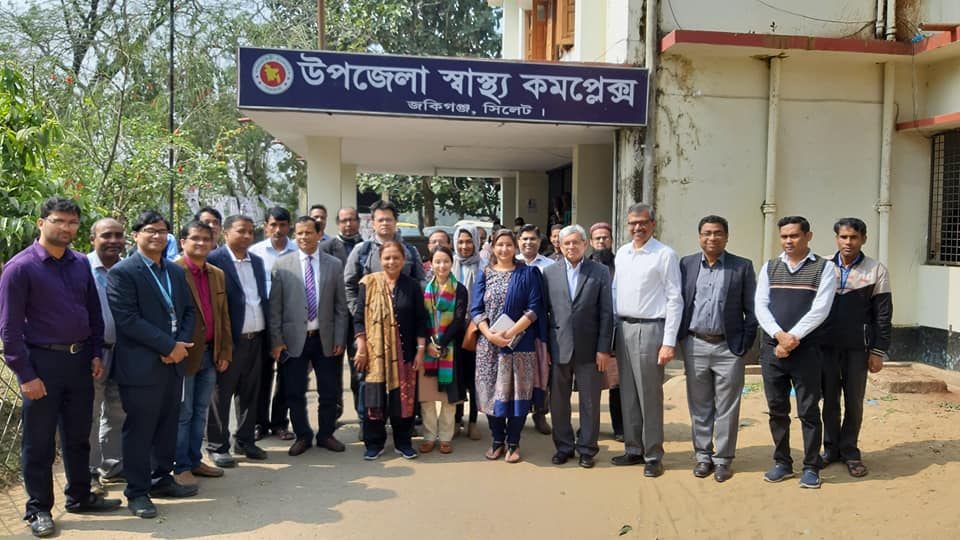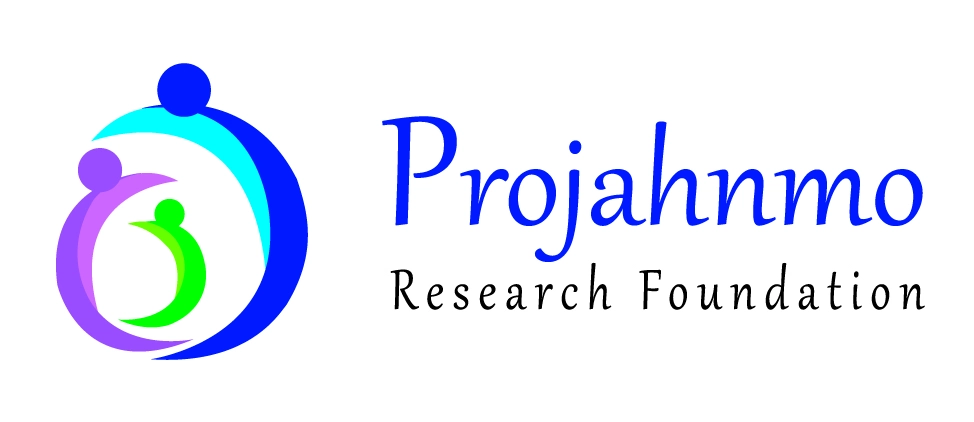
Optimizing place of treatment and antibiotic regimens for young infants presenting with signs of possible serious bacterial infection.
Study Period: March 2020- December 2023
Sample Size: 1750Doner Name: WHO (World Health Organization)
Project Description:
Background: Neonatal mortality rate has substantially declined over the last few decades, but still an estimated 2.5 million neonatal deaths occur worldwide annually accounting for 46% of under-five year old child deaths. In Bangladesh, the neonatal mortality rate is 30 deaths per 1,000 live births; it accounts for 67% of all under-5 deaths (BDHS 2017-2018). Neonatal infections account for about 35% of all neonatal deaths in South Asia and sub-Saharan Africa. The WHO IMCI algorithm classifies neonates and young infants with clinically suspected sepsis as “Possible Serious Bacterial Infection (PSBI)”. This classification is based on seven clinical signs – fast breathing in 0-6 day old babies, severe chest indrawing, high body temperature (≥ 38oC), low body temperature (<35.5oC), not able to feed at all or not feeding well/stopped feeding well, convulsions, and movement only when stimulated or no movement at all. WHO guidelines recommend that young infants with PSBI should be managed in a hospital with injectable antibiotics and supportive care. When referral to hospital is not feasible, the WHO guideline recommends further classification of these infants into those who are critically ill and those who have clinical severe infection. Infants with clinical severe infection (CSI) can be managed on an outpatient basis with injectable gentamicin for 2 days and oral amoxicillin for 7 days based on clinical trials from Africa, known as AFRINEST and Asia, known as SATT.
Implementation research on the above guidelines has demonstrated that outpatient treatment is safe and effective when hospitalization is not feasible. But it is not possible, however, to conclude that out-patient treatment of young infants with CSI is superior to in-patient treatment from this observational data. It is possible that despite having same signs, young infants who were admitted in hospitals had more severe disease or their treatment were delayed, or hospitals did not provide adequate quality care. In addition, hospitalization has inherent risks, particularly that of nosocomial infection with multi-drug resistant pathogens. PSBI trial includes two concurrent multi-country study which is conducting at seven sites of six countries (Bangladesh, Ethiopia, 2 sites of India, Nigeria, Pakistan, and Tanzania) and coordinated by WHO.
Objective: The overall goal of this PSBI trial is to generate knowledge that will allow us to hospitalize only those young infants (0-59 days) with possible serious bacterial infections (PSBI) who need hospitalization, identify infants who can be treated safely on outpatient basis and identify infants who need hospitalization but improve early and can continue their treatment at home.
The overall goal of this PSBI trial is to generate knowledge that will allow us to hospitalize only those young infants (0-59 days) with possible serious bacterial infections (PSBI) who need hospitalization, identify infants who can be treated safely on outpatient basis and identify infants who need hospitalization but improve early and can continue their treatment at home. This trial will be restricted to a sub-set of PSBI, known as clinical severe infection (CSI), that excludes critical illness.
This trial will be restricted to a sub-set of PSBI, known as clinical severe infection (CSI), that excludes critical illness.
The primary objective of Study-1 is to measure the effect of outpatient treatment on clinical outcome (death within 2 weeks of initiation of treatment, deterioration during the 7-day treatment period or persistence of the presenting CSI sign after the 7-day treatment period), compared with inpatient treatment in young infants (0-59 days old) with only one low-mortality risk sign of CSI. .
Method: In Bangladesh site Projahnmo Research Foundation is conducting this study in four hospitals in Sylhet Division (three District level hospitals and one Upazila Health Complex) and targeting to enroll 1000 young infants in Study-1 and 750 young infants in Study-2. There is two open-label, two-arm, individually randomized controlled trials within this study. Study-1 hypothesize that young infants with only one low-mortality risk sign of CSI [fast breathing in 0-6 day old babies, severe chest indrawing, high body temperature (≥ 38oC)] presenting to outpatient/emergency department of a hospital, who receive outpatient treatment, will experience a better, or at least non-inferior, clinical outcome than young infants that receive inpatient treatment.
The main hypothesis of Study-2 is that the clinical outcome in young infants with a moderate-mortality risk sign [low body temperature (<35.5oC), not feeding well/stopped feeding well and movement only when stimulated] or two or more signs of CSI who clinically improve 48 hours after initiation of treatment and have a negative CRP test, who are discharged and received oral amoxicillin for next 5 days will be non-inferior to the outcome of those who will continue inpatient hospital injectable antibiotic treatment for the next 5 days.
